

Uh oh...
It appears that you're using a severely outdated version of Safari on Windows. Many features won't work correctly, and functionality can't be guaranteed. Please try viewing this website in Edge, Mozilla, Chrome, or another modern browser. Sorry for any inconvenience this may have caused!
Read More about this safari issue.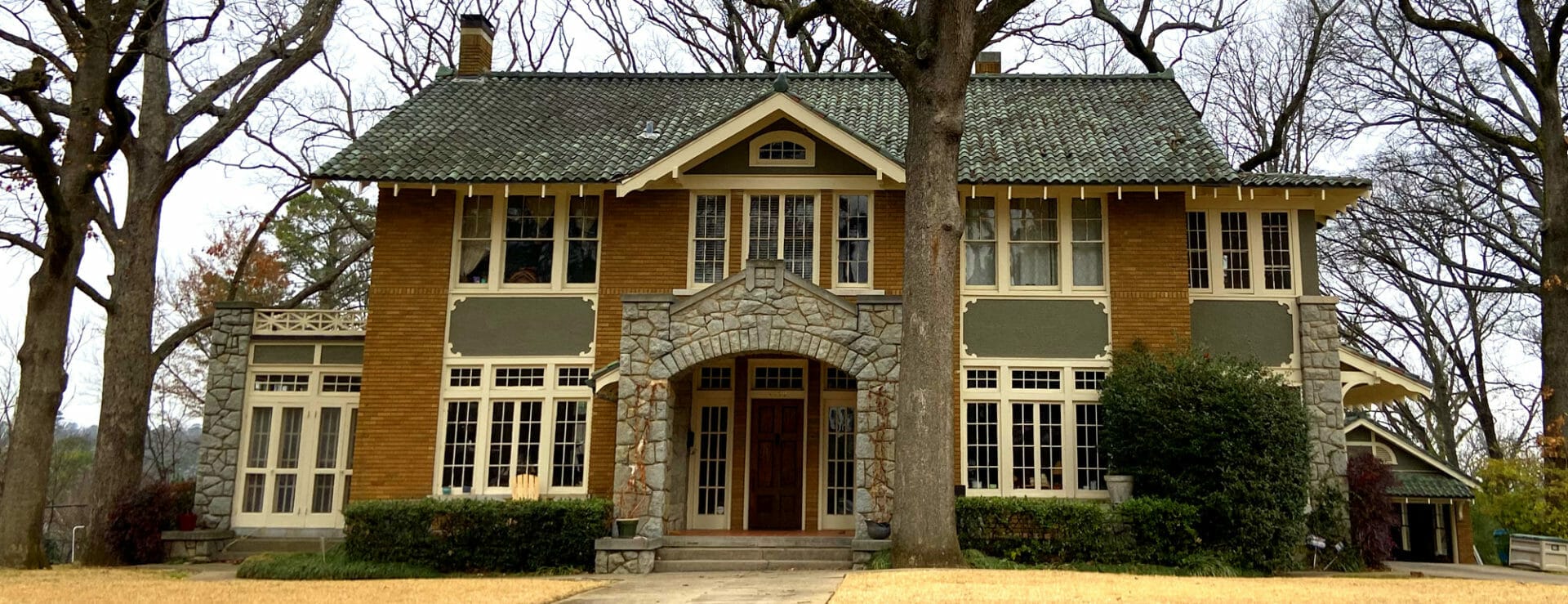

The Heights and Hillcrest neighborhoods of Little Rock are often referred to as “The Heart of Little Rock.” I, however, like to refer to those beautiful neighborhoods as “the places where I spent all my money and had all my fun during my twenties.” Hillcrest always felt artistic and funky, while the Heights felt like the place to go high-end shopping and be amid “old money.” I enjoyed delicious dinners, late-night drinks on decks, parties at friends’ houses, and treasure hunting in shops. My pocketbook and I regret nothing.
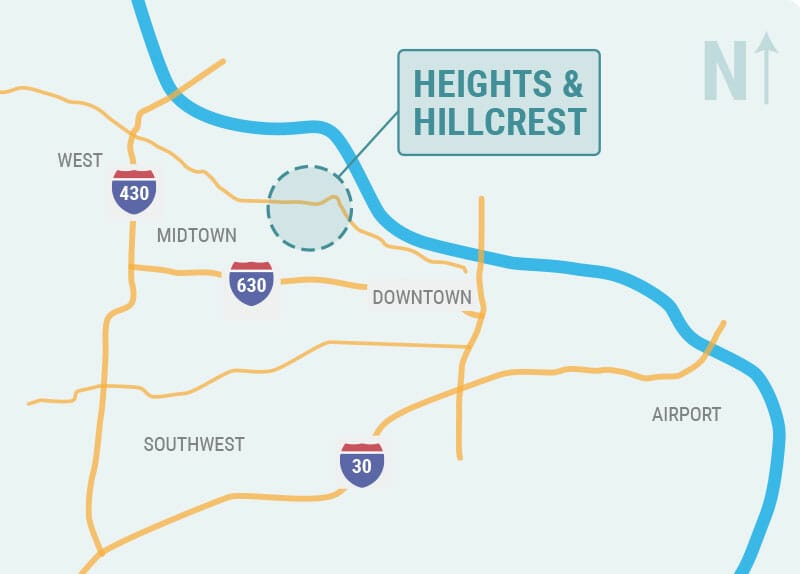
These neighborhoods are some of the most historic and desirable locations you could hope to find in the Little Rock metro area. They are charming and historic, with winding streets tucked into steep hills, streets awash with character-filled homes, shaded parks, and some of the best restaurants the state has to offer. This area of the city is also filled with history, both fascinating and tragic.

Development
Originally uninhabited forests and a few farms, the Heights and Hillcrest areas were undeveloped until the early 1890s. The process of making them accessible took several years, starting with a wooden bridge over a ravine, and thanks to a railway company, an extension of downtown Little Rock’s streetcar line. Once transportation across the ravines and hills was available, the neighborhood construction began in earnest. Queen Anne, Colonial Revivals, and Craftsman Bungalows were among the newly-built home styles. One can imagine the quaint lives these residents must have enjoyed with picturesque postcard houses, streetcar rides into downtown for a bit of shopping, and an entire section of the city all to themselves.
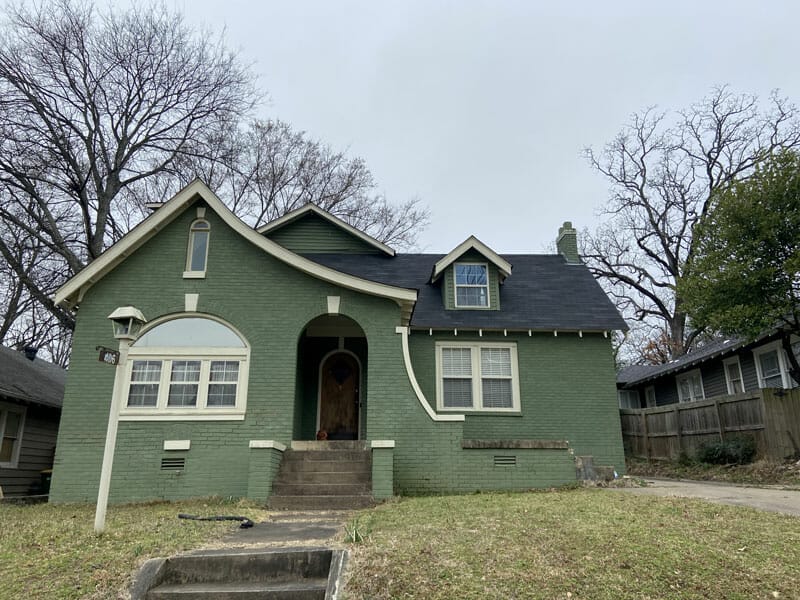
Sadly, it was quite literally an “all to themselves” area. Much like Park Hill in North Little Rock, homes were only sold to white families. This is curious, and sad, because much of Little Rock, even before the Civil War, was viewed as a city with more integrated housing than most southern cities. Little Rock had no laws that enforced residential segregation. Skilled African Americans, pre and post-Civil War, were in demand and were able to acquire better employment terms and housing. But as Little Rock grew and expanded, these new neighborhoods (filled with primarily wealthy and influential white residents) began to enforce community bylaws that are now a shameful reminder of southern segregation.
Plane Crash
The Heights and Hillcrest areas also experienced another sad piece of history in 1960. On the morning of March 31, a B-47 took off from the Little Rock Air Force Base in Jacksonville. Within minutes of takeoff, the plane began to break apart in the air (due to the pilot’s “inattention” and an overcorrection of the plane that caused structural deterioration). The bulk of debris came down in the Hillcrest area. Destruction was seen from Allsopp Park, Summit Street, and Maryland Avenue where part of the plane created a crater over six feet deep. One lone crewman survived, his parachute becoming tangled in a backyard tree. The aftermath of this tragedy resulted in the death of two civilians and three Air Force crew members. And it destroyed several historic homes.

Allsopp Park
The Heights and Hillcrest neighborhoods, while known for fascinating and sometimes tragic historical events (like this unsolved murder), are also known for their beautiful parks. Allsopp Park was created in 1920 amid a deep set of ravines. This beloved park adds a bit of nature and magic to Hillcrest, with its deep crevices, trails and thick green canopies that easily make you forget you’re in the middle of a city. The park was named after Frederick Allsopp, a manager at the Arkansas Gazette who advocated for its creation.
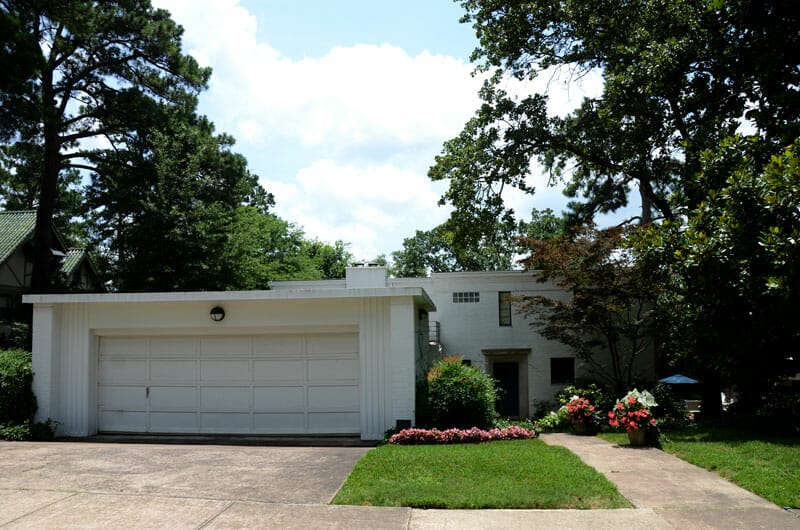
*photo found here courtesy of Valis55
Knoop Park
Knoop Park is a beautiful area where residents can overlook downtown. The trail is paved, and if you’re able to trek a bit of an uphill climb, the views are stunning. This park was named after Werner and Faith Knoop. Werner was a civil engineer and eventual mayor of Little Rock. His wife Faith was a successful writer, penning everything from textbooks to children’s stories. Built in 1936, their home, seen above, is a stunning example of Art Moderne.
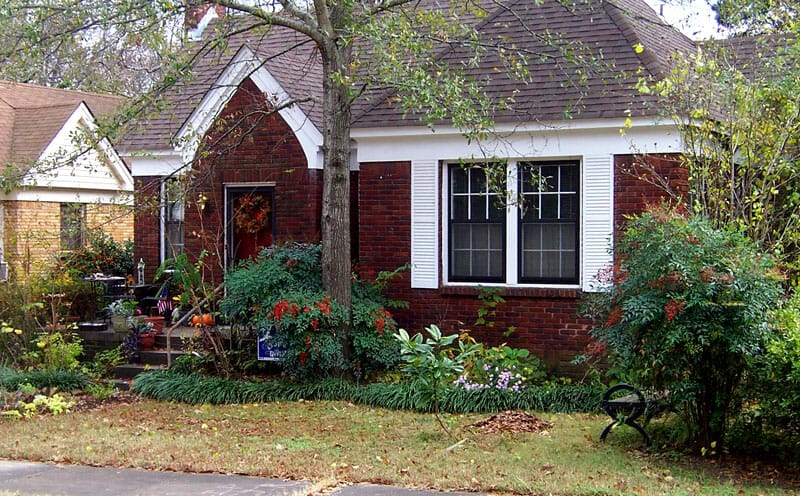
*photo found here courtesy of Valis55
Famous Residents
Along with Faith Knoop, many influential and important Arkansans have called these quaint neighborhoods home. John York, a former co-owner of the San Francisco 49ers, grew up in Hillcrest. Helen Gurley Brown, former editor of Cosmopolitan magazine for over 20 years, spent part of her childhood there as well. And Arkansas’ most famous residents, the Clintons, lived in a house on L Street, shown above, during the late 70s.
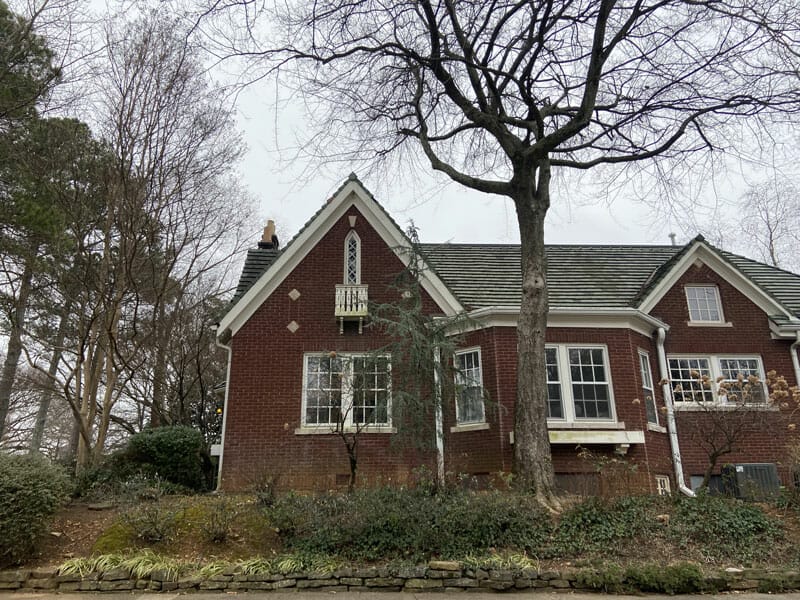
These neighborhoods are rich with history, community and culture. This “heart” of the city has been home to Little Rock residents for over 100 years. Beautiful houses, thriving restaurants, a farmer’s market and excellent neighborhood schools (which include the historic Mount St. Mary Academy), are enticing aspects that ensure these neighborhoods will continue to provide home and community for the next 100 years as well.
Join the Conversation
Leave a Comment
4 responses to “The Heights and Hillcrest: The Heart of Little Rock”
 Leave a Reply
Leave a Reply
We do the work.
You check your email.
Sign up for our weekly e-news.
Get stories sent straight to your inbox!







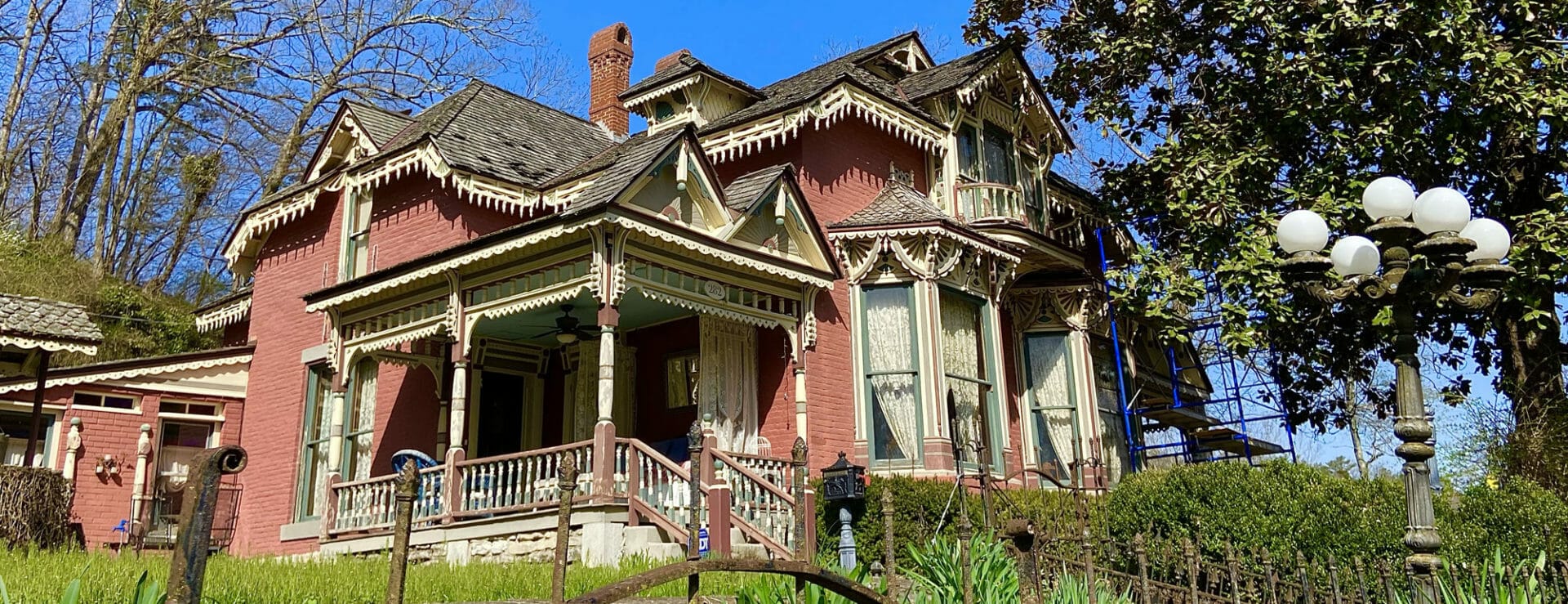


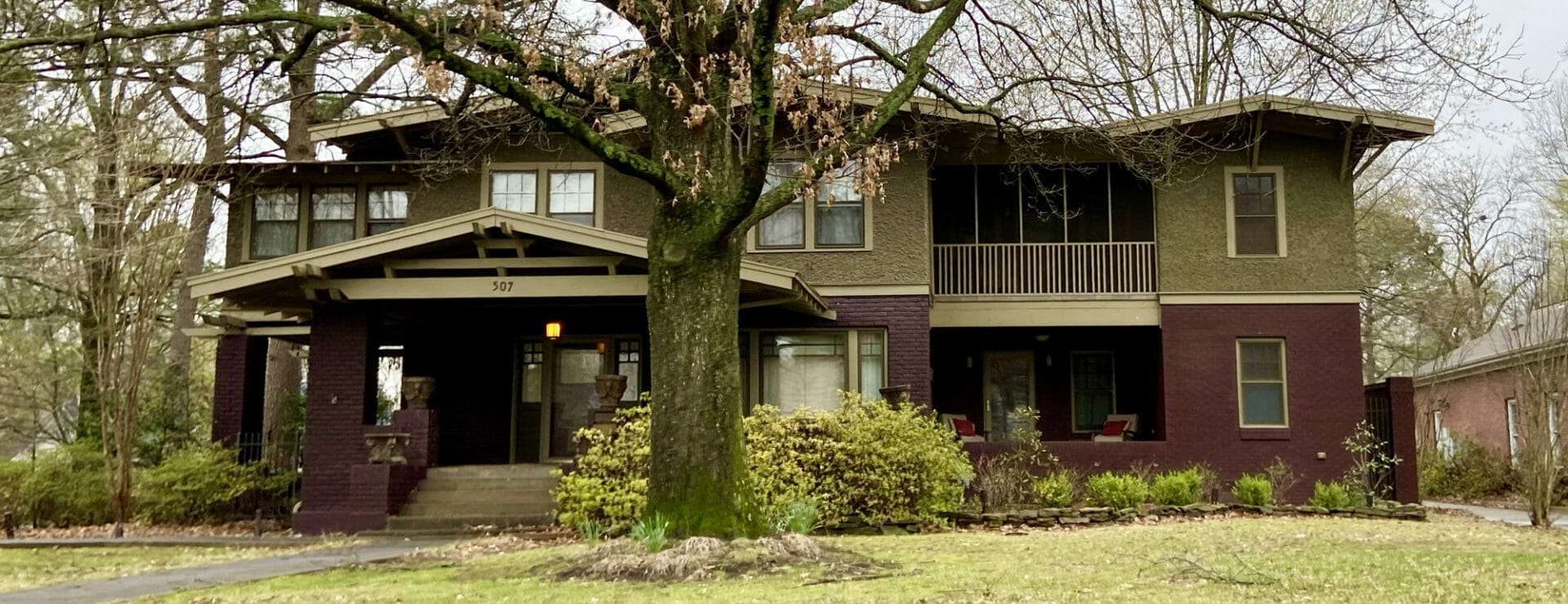
 Leave a Reply
Leave a Reply
You know it’s a local story when your house is the cover photo for the story.
Starting to look forward to these articles you are a wonderful writer and I thoroughly enjoy reading them. My favorite article so far is the Indian Princess. Thank you for sharing so much culture and history we have in Arkansas. As a Son of Arkansas (born in Conway) you give a touch of magic to a very magical state.
Unfortunately, hasn’t much changed as far as the segregation part goes.. Little Rock is a perfect example of what happens when you drain one part of a city and put your focus on one section. The most historic part about Little Rock is it troubled past and the dark history that follows.
I miss my mothers craftsman cottage on Beechwood, my bolt hole, now replaced with a boring red brick box.